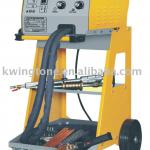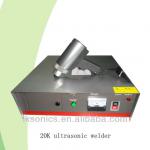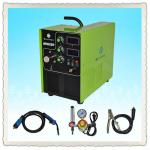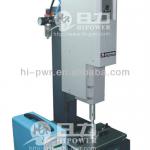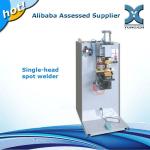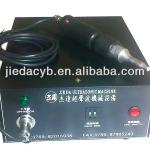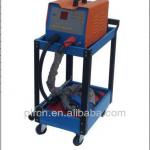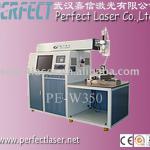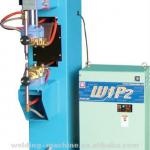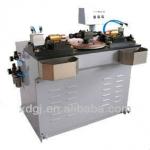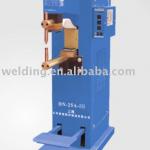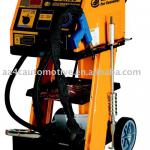Ultrasonic Welding for Battery Assembly
| Place of Origin:China (Mainland) | Brand Name:BRDASON | Model Number:RS20-R | Max. Welding Thickness:5mm |
| Weight:60KG | Usage:ultrasonic welding machine |
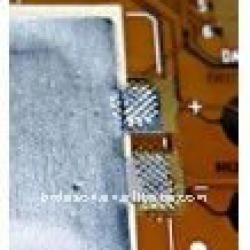
With energy-packed,rechargeable lithium-ion batteries appearing in more and more products, battery manufacturers are choosing ultrasonic welding for reliable battery assembly.
Ultrasonic welding produces better weld strength and electrical conductivity than using conductive adhesives.
Found in everything from laptops, cell phones and iPods,to power tools, PDAs and even hybrid electric cars, the lithiumion battery has been experiencing skyrocketing demand. Increasingly popular over yesterday’s “heavy metal” batteries, this light-weight, rechargeable battery can be formed into a variety of shapes to fit the devices it powers. It is highly energetic, storing nearly 500 percent more watt hours per weight than lead-acid batteries. Just as thecapabilities and properties of the lithium-ion battery are different from its predecessors, so are its assembly requirements.
Lithium-Ion Battery Assembly
Lithium-ion battery assembly sometimes requires welding of multiple layers and/or delicate foils. Since soldering is out of the question, typically manufacturers will choose between conductive adhesives or ultrasonic welding. Manufacturers have found that ultrasonic welding produces better electrical conductivity and weld strength than using conductive adhesives. Ultrasonics does not use heat, current, fluxes or fillers, eliminating consumable material costs and post-assembly cleaning requirements.
Ultrasonic Welding
In ultrasonic welding, high frequency ultrasonic energy is directed via a welding tip to the surfaces of the metals to be welded. The energy disperses the oxides and surface films between the workpieces to create a true metallurgical bond without melting the materials. The resulting bond is often as strong as the parent metals. The lower resistance resulting from the ultrasonic bonding and the ability to weld dissimilar materials are additional advantages of the ultrasonic process.
Ultrasonic spot welding can be used for lithium-ion, NiMH battery assembly and pouch cells, as well as a variety of other terminal-joining operations.

| Packaging Detail:standard wooden packing |
| Delivery Detail:about 10 days after the receipt of payment |



